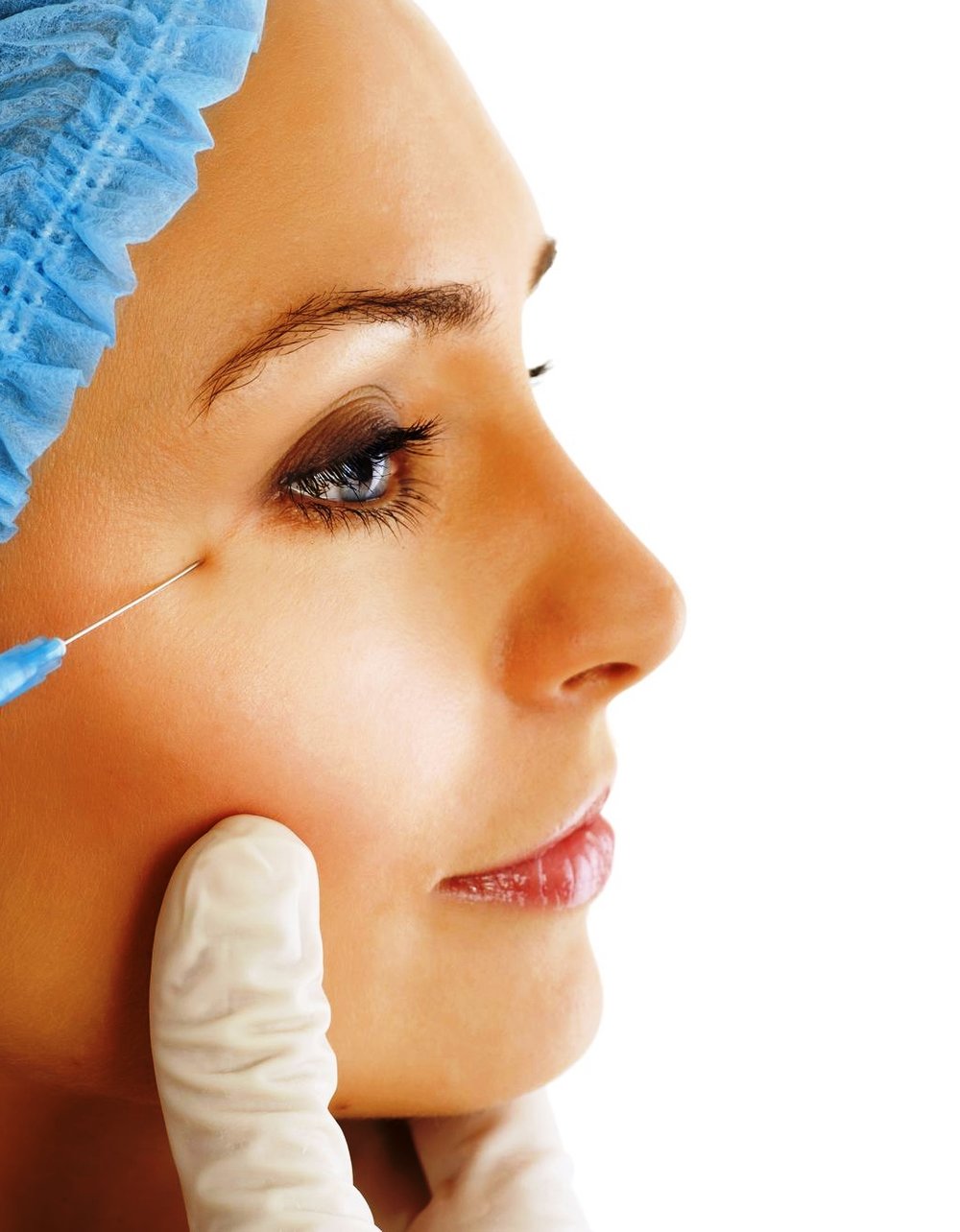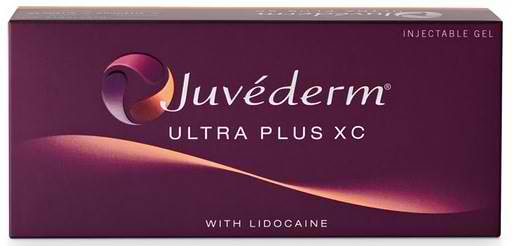With 2017 coming up, more and new challenges are afoot in managing practice and performing cosmetic procedures. You may encounter new patients who have no idea about cosmetic procedures or get quirky ones who have jumped from one physician to another.
Before all that, here are three things to evaluate in the upcoming year.
Practice ways you can market
Marketing will always stay a crucial factor in getting patients. Whether you are marketing through word-of-mouth or social media (SEO), strengthen that further.
Not getting your desired results? Try a different approach. There are other marketing approaches other than basic marketing in social media. You could mix it up in other social media platforms. Read more about our Marketing Strategies in 2017 here.
Set your current policies and rules
This one deals with mostly updating your current guidelines to staff and patients; this is in dealing with new patients and caring for them. It could act as a refresher to old staff or new information for your new staff as well.
Organize a list
For what, you ask. Everything you do and will do in your practice, and now that you have probably figured out which services you want to keep, it’s best to know which new procedures you could do with existing ones. That includes updating your menu of services.
Promote services that keep your practice alive. Don’t let your old devices collect dust in the corner. Sell them while you still can or probably re-use them.
Considering having your staff undergo training? Enumerate it there. Do not only expand your experience, give them opportunities to make them grow.
Now that you have set-up, what about the new patients that would come in your office come 2017. The holidays are finally over, and they would need a new look over the new year. Some would come with the weirdest requests while others would come in without knowing anything. This is where you come in and educate them about what you offer and how you manage your practice.
Have a sit down with the patient and assess the situation objectively
Allow them to come to your office and listen to them. Ask them where they got the idea to get the new treatment. Once you have heard their story, discuss what options they have or recommend what other alternatives for their desired treatment.
Explain the expected outcomes (for their preference and of your assessment)
Many patients come in the clinic without expecting risk at all; most would think it would only enhance them. As their physician, it’s your responsibility to inform them of everything involved around their favored procedure.
For example, if their desired procedure or treatment is attainable in another way, offer that one instead. Spare no details of the risks and costs involved. This way, your patient knows the effects of undergoing the procedure, rather than leaving you with a bad review. Yikes!
Stand your ground
This comes hand-in-hand with the policies and rules you have prepared, and later we will briefly elaborate on saying no to your patient. Don’t be a pushover to your patient, and approach them as to how you will be performing the procedure without being aggressive either.
Remember to ask about their history
Patients may forget to disclose their past surgeries or physicians they have gone to, and from there you can determine how you could work out your process in treating them.
Get insight from past patients
Learn from your past and apply it in your present. You might think that this one patient was similar to someone you have encountered before, tell a background about how some patients reacted to the treatment.
Saying no can be a daunting task. Most aim to please their patients, which could be a factor to getting good reviews, but not all procedures and treatments are plausible or doable, as they pose risks to your patient and to your practice. In order to avoid that, politely apologize to avoid any misunderstanding from the patient; the prospective patient may not appreciate your initial turning down. Thus, elaborate why you will not perform the procedure, and how risky and costly it could be.
In doing so (and saying no), remember three things in mind.
Empathize first
Many patients would undergo a procedure just to enhance a specific area of concern, and this could be a valid reason. Some others would do it for other people, and not for themselves. Let them know that surgery would not be the immediate answer to their concerns. Instead, offer them an alternative.
Offer other options
Their procedure may not be attainable, offer alternatives as to how to achieve similar results or that would greatly benefit them. Another scenario is after you have assessed them, and recommend the treatment that would suit them best.
Stay firm
In the case where the patient is insistent on getting their wanted procedure, assert and assure that the options you laid out would be the safest. Emphasize how the treatment won’t be achievable. Remind them as a physician all you want to offer your patient is better care and services.















